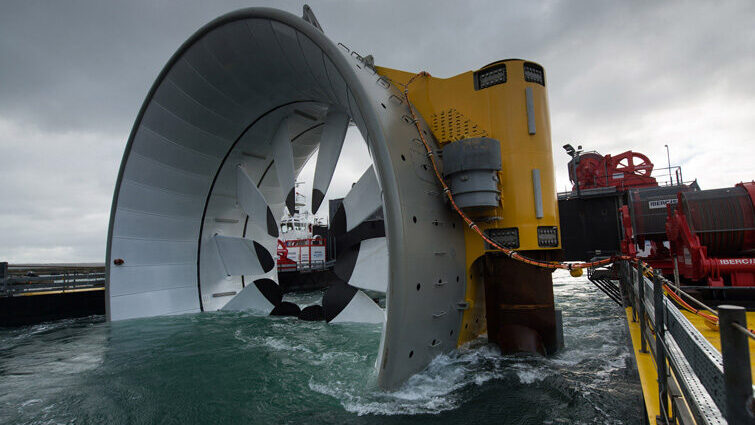What is Green Energy?
In the pursuit of a cleaner, more sustainable future, the conversation around green energy has become increasingly prominent. With growing concerns about climate change and environmental degradation, the importance of transitioning towards green energy sources has never been more apparent.

Green energy comes from natural resources that replenish themselves over time. Unlike fossil fuels—such as coal, oil, and natural gas—which release harmful greenhouse gases, green energy sources have a minimal impact on the environment.
Types of Green Energy Sources

Solar
Solar power harnesses energy from the sun using photovoltaic cells to convert sunlight into electricity.

Wind
Wind turbines capture the power of the wind and convert it into electricity.

Hydroelectric
Hydroelectric power harnesses the energy of moving water, such as from rivers or dams, to generate electricity.

Tidal
Generated from the natural movement of ocean tides.

Geothermal
Geothermal power taps into heat stored beneath the Earth’s surface, using steam or hot water from underground to generate electricity.
Why Green Energy Matters?
Climate Change Mitigation: Green energy plays a crucial role in reducing greenhouse gas emissions, which are a primary driver of global warming and climate change. By transitioning away from fossil fuels, we can mitigate the impacts of climate change and work towards a more stable and sustainable future.
Environmental Preservation: Unlike conventional energy sources, green energy production has minimal environmental impact. It helps preserve ecosystems, protect biodiversity, and reduce pollution.
Energy Security and Independence: Investing in green energy strengthens energy security by reducing reliance on non-green fossil fuels. By using local green sources, countries can achieve greater energy independence and long-term stability.
Economic Opportunities: The shift towards green energy creates new job opportunities in manufacturing, installation, and maintenance of green energy infrastructure. It also stimulates innovation and investment in clean technologies, driving economic growth and competitiveness.
